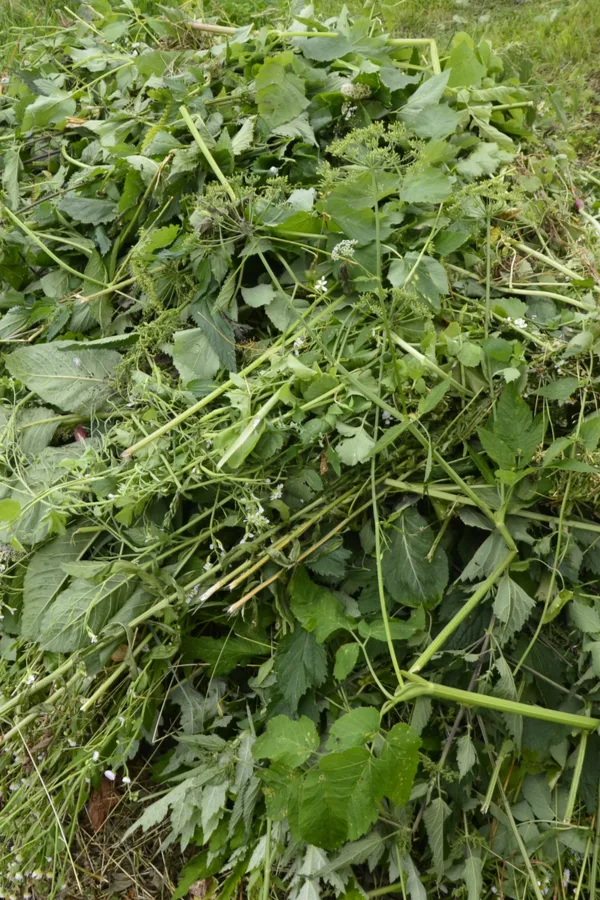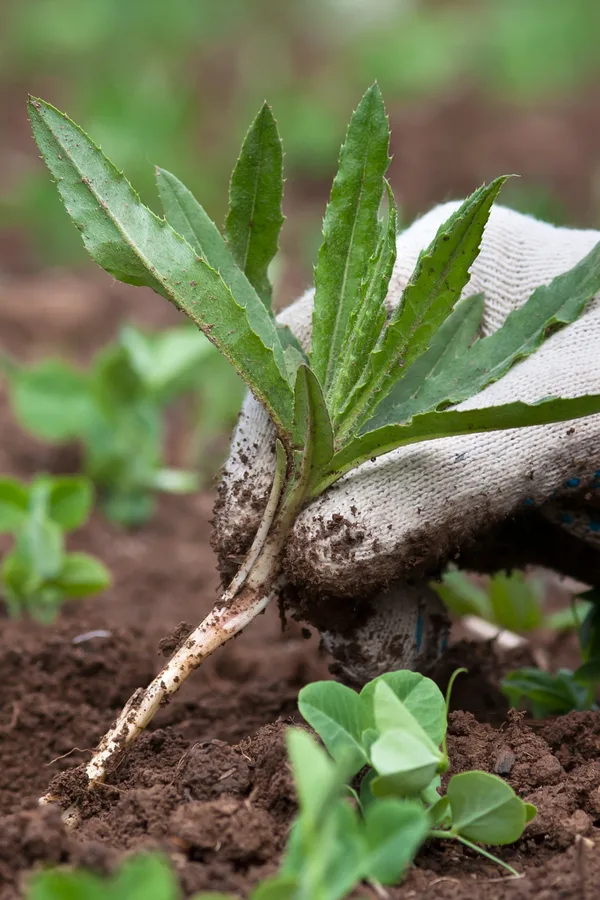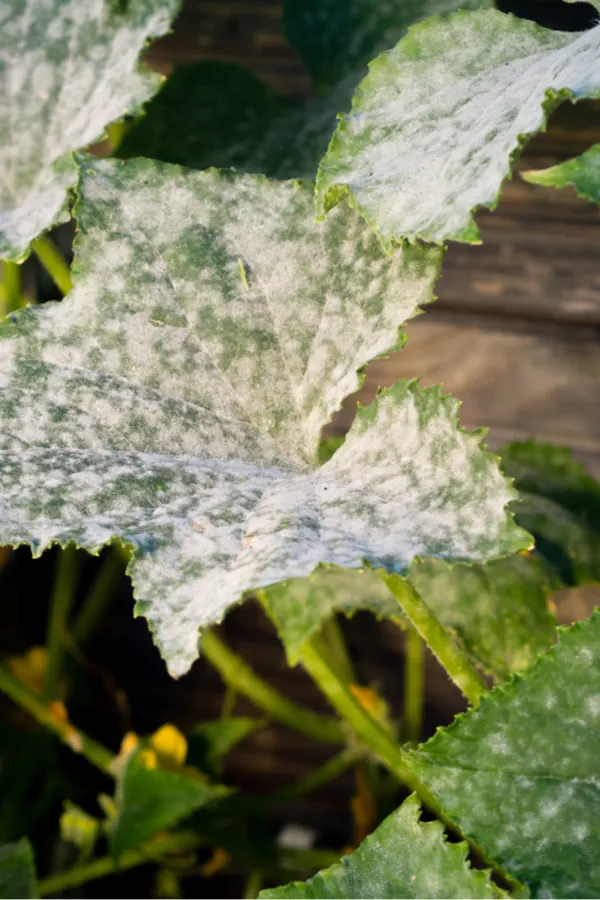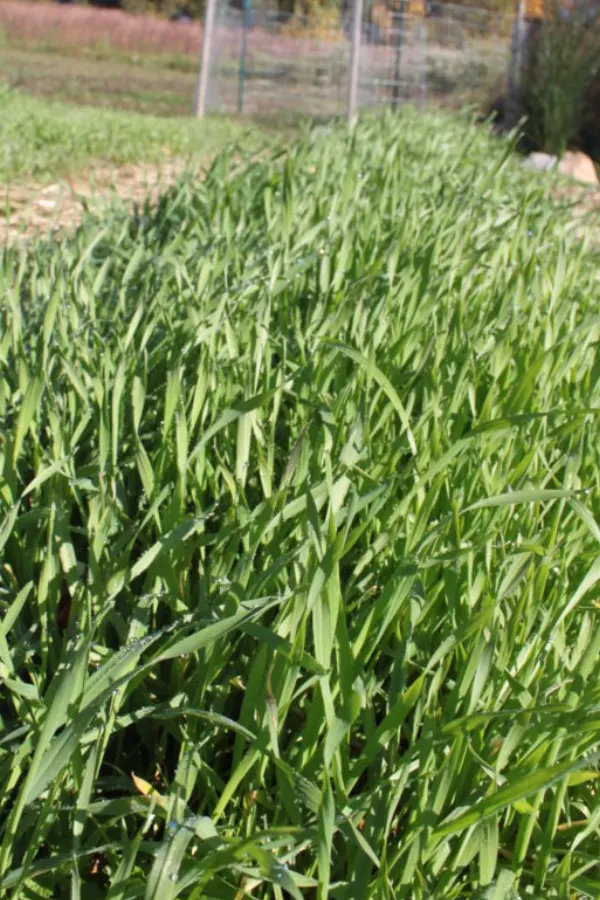Fall has arrived, and for many, now is the time to start clearing the garden and preparing the soil for the long winter ahead.
For most growing zones, the summer garden season is coming to an end. Beans, corn, tomatoes, peppers and other summer crops are fading fast.
As they do, the garden begins to become a little less green with each passing day. In fact, by late September and early October, the only true fresh greenery coming from most gardens are new weeds that have begun to sprout!

Left alone, those decaying plants and new weeds can cause major problems. And not just in terms of an unsightly garden. They also continue to use up valuable nutrients from the ground, and, as they decay, can promote disease and pest issues.
As you will see below, when and how you clear your garden this fall actually plays a huge role in the success and health of next year’s garden. Especially when it comes to what you do with the old plants your are clearing out!
And after that garden is cleared out, be sure to head over to our Simple Garden Life website and check out this week’s new podcast and article: “How To Plant A Cover Crop”. We take you step by step through the whole process to recharge your garden after it is cleared out!
The Importance Of Clearing A Garden In The Fall
Leaving old vegetable plants and weeds to overwinter in the garden is a recipe for disaster. Decaying vegetable plants are prime targets for insects to find a home for winter. They are also an easy target for disease to take hole and spread. And the longer they stay in the soil, the more problems they will cause.
In addition, the old, leftover fruit and vegetables that remain on their branches pose the same issue. As do all of the weeds that continue to grow and flourish in the garden soil.

So with that said, what is the best option for getting rid of them all? The easy answer might be to pull them all and compost them, right? Well – for many plants and even weeds, that is indeed a great option.
But, and this is a huge but, there are some vegetable plants and weeds you want to keep far from your garden – and your compost pile!
What To Compost From The Garden & And What Not To – How To Clear Your Garden In The Fall
What To Compost From The Garden
When it come to what you can compost from your fall garden the list is actually quite long. For starters, the foliage from most vegetable plants are perfect for chopping up and adding to your pile.
This includes beans, peas, corn, zucchini, cucumbers, kale, lettuce, radishes, broccoli, beets, and more. But it is important with these crops to only compost the stems, roots and foliage – and not the fruit itself.
Unfortunately, adding the old and decaying fruit to the compost pile will most likely result in volunteer plants next year wherever you use the compost.

The average home compost pile simply doesn’t get hot enough to kill the seeds from the cores of vegetables. So pick those old peas and cucumbers off first, and then compost the rest. For large fruit (pumpkins, squash, etc.), simply take out the seed core before adding to the pile.
What About Weeds In The Garden? – How To Clear The Garden In The Fall
So what about any weeds that might be in the garden? The surprising answer is that most weeds are more than fine to add to your compost pile.
In fact, they have they have the same nutrient levels in their stems, roots and foliage that vegetable plants have. Even more, many of the weeds are still green and thriving, meaning they actually help heat up your pile when chopped up and added.

But there are a few rules to follow when adding weeds from your garden to your compost pile. For starters, never add the seed heads of weeds to a pile. Either cut the seed heads off first, or leave small weeds with seed heads completely out. Just as with vegetable plants, the compost will never get hot enough to kill them off.
In addition, never compost weeds that use their root systems to regenerate. That includes hard to kill weeds like Bermuda grass and Canadian Thistle. In a compost pile, they can actually regenerate into ever more weed starts than before!
What Not To Compost – How To Clear Your Fall Garden
There are a few other rules when it comes to keeping materials from your garden out of the compost pile. Always keep out any plant material that appears sick or shows signs of disease.
In addition, if there are infestations of aphids, squash bugs or other insects, leave them from the pile as well. Not only can many insets live and thrive in a home compost pile, so can their eggs.

The best option for any plants showing signs of disease or pests is to either burn them, or place them into your yard waste bags for commercial composting. The real key is to get them out of your garden fast!
Vegetable Plants To Avoid Composting
There are some vegetable plants that are simply best left out of a compost pile all together. And at the head of the list is the beloved tomato plant.
Tomato plants are one of the most dangerous plants of all to compost. Why? Because they happen to be extremely vulnerable to disease. Disease that can easily be passed on through the compost to the plants in next year’s garden. (See : What To Do With Tomato Plants When They Die)
In addition to tomatoes, potato and pepper plants are also good to leave out of your pile. All are members of the Nightshade family of plants, and they simply have too much potential for carrying disease to your compost pile.
Protect That Soil! How To Clear Your Garden In The Fall
Finally, once you have that garden free and clear of old plants and weeds – its time to protect it! Leaving all of that soil bare through the winter will set the stage for a weed-infested garden next year.

Tens of thousands of weed seeds have little problem finding a home in bare soil. And by leaving your soil bare from fall til spring, you are simply inviting all of those future weeds to overwinter.
The best option is to plant a fall no-till cover crop in your garden. It will help to protect the soil, all while building strength in the soil. And if you can’t cover crop the space, at the very least cover it with a thick coating of leaves, grass or even a tarp.
Here is to clearing out your garden space this fall, and to setting the stage for an amazing and easier to maintain garden next spring and summer! Happy Gardening – Jim and Mary.
Jim and Mary Competti have been writing gardening, DIY and recipe articles and books for over 15 years from their 46 acre Ohio farm. The two are frequent speakers on all things gardening and love to travel in their spare time.
As always, feel free to email us at thefarm@owgarden.com with comments, questions, or to simply say hello! You can sign up for our free email list in the subscribe now box in the middle of this article. Follow us on Facebook here : OWG Facebook. This article may contain affiliate links.
